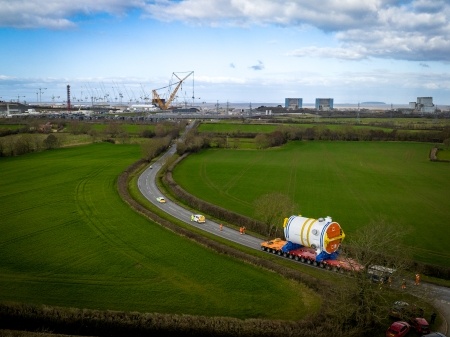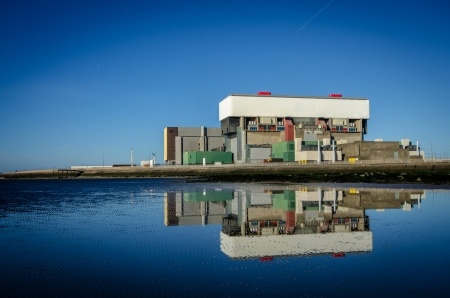
Full steam ahead: charting the course for emissions reduction in the shipping sector
As a critical component of global trading, the shipping sector transports 90% of world commerce and is responsible for around 940 million tonnes of CO2 annually, which is at least 2.5% of the world’s total CO2 emissions. The International Maritime Organisation (IMO) estimates that as the growth in shipping continues, without action, shipping could be responsible for 10% of emissions within a few years and between 50% to 250% by 2050.
As part of the COP26 initiative, the UK-led Clydebank Declaration achieved a commitment from 24 countries to hasten the development of green shipping corridors. A green shipping corridor is a route between two or more ports on which vessels run on a scalable zero-emission energy source, with the appropriate land-side infrastructure available at the ports. To achieve the goal of accelerating shipping decarbonisation, collaboration is required across the entire value chain, including ports, shipping companies, energy producers, cargo owners and regulators.
The Clean Tyne Shipping Corridor is a feasibility study project, running from January 2023 until August 2023, that aims to establish a green shipping corridor from the UK's northeast shore, joining it up with the European Green Shipping Network. With UK Government funding from Round 2 of the Clean Maritime Demonstration Competition (CMDC2), the project is led by the Port of Tyne and includes consortium partners: EDF UK R&D, Arup, Connected Places Catapult, Lloyd’s Register, Newcastle University and the North East LEP.
Currently, the deployment of end-to-end systems that will enable wider adoption of net-zero solutions through green shipping corridors is limited due to the fragmented nature of international shipping and, hence, a lack of clarity on the technical, regulatory and economic aspects of these systems. The consortium is working on conducting a gap analysis to identify barriers to implementing a corridor and establish partnerships across the value chain, with the view of developing a demonstrator proposal with a costed plan for its delivery by 2025.
EDF UK R&D’s role will mostly be to lead and coordinate gap analysis, identifying the technical and operational requirements for establishing a green shipping corridor in the real world. This will involve considering the zero-emission energy demand profile, the vessels, land-side infrastructure, port operations, safety, regulation and policy.
EDF will draw on the Hynamics capabilities of their Tees Green Hydrogen project to help the consortium investigate zero-emission energy sources. Our involvement in this project will enable Hynamics to develop opportunities for the supply of alternative fuels such as hydrogen, methanol and ammonia to the shipping industry in the UK and in Europe. The outputs generated will be used to tailor future energy transitions and partnerships with shipping companies and stakeholders to stimulate future investment.
Related articles

EDF UK R&D Net Zero Heroes: Ruth

Exciting progress on hydrogen plans for Heysham 2
